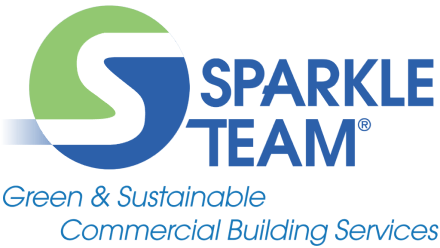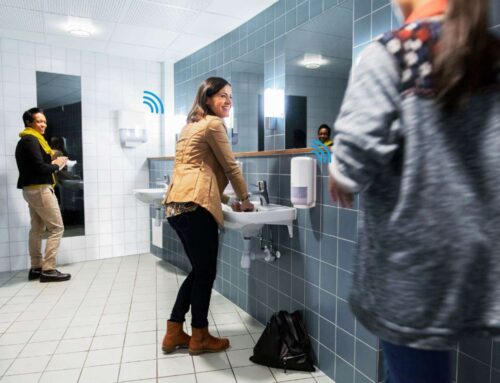Rising to the Challenge: What to expect in 2022
 So much of facility management is about embracing change, both brainstorming new innovations and solving problems as they arise. The past two years, however, have moved the usual challenges in our industry into high gear. As we prepare to pivot towards 2022, we take time to look back at the most urgent issues that shaped 2021, and examine how they may evolve in the year to come.
So much of facility management is about embracing change, both brainstorming new innovations and solving problems as they arise. The past two years, however, have moved the usual challenges in our industry into high gear. As we prepare to pivot towards 2022, we take time to look back at the most urgent issues that shaped 2021, and examine how they may evolve in the year to come.
Price Hikes:
Prices exponentially rose across the board this year. In numbers, experts forecasted that the national average consumer price index (the general cost of goods and services) would only inflate by 2% in 2021. The actual increase is closer to 7%. Problems with sluggish supply chain production and distribution as the economy emerged from the pandemic led to these significant price increases. This became more extreme in specialized commercial markets, like the cleaning industry, leaning to shortages and higher costs for essential equipment and supplies. For example, common plastic consumables like trash can liners saw prices increase as high as 22%. Paper products using wood pulp (like tissues and paper towels) also saw prices increase up to 16%.
For 2022, projections suggest current inflation rates may not go down anytime soon. This does bode well for commercial real estate as a whole, as prices and occupation steadily recover from pandemic lows. Managers, however, may need to brace for additional maintenance costs, including utilities, supplies and services.
In Florida, labor costs are also rising due to the 2020 constitutional amendment that gradually increases the state’s minimum wage. This year’s minimum wage rose from $8.65 to $10.00 per hour, and will further increase to $11 on September 30th, 2022. The $1 addition will continue every year until the minimum wage reaches $15 by 2026. Likely these minimum wage increases will also lead to an average wage growth overall, especially as labor shortages continue for service industries in particular.
Health:
COVID-19 posed one of the greatest modern health challenges in living memory. The increased availability of vaccines and testing brought a major respite — but the pandemic is far from over. Future progress is marked by continued vaccination hesitancy and the potential for more lethal variants to develop and spread.
In 2022, global health organizations like the Centers for Disease Control and Prevention (CDC) maintain the same recommendations to businesses for mitigating these risks. This includes improving air ventilation, supporting workplace vaccination programs, and continuing mask-wearing and disinfection protocols. The goal overall is to create healthier, more resilient commercial facilities for the future.
Environmental Sustainability:
The 2021 United Nations Climate Change Conference in Glasgow, Scotland saw the world’s nations come together to address the looming challenges of climate change. The event underlined the major necessity for a global commitment to environmental preservation. Though effective changes require reform on a broader, systematic level, individual businesses can play their part in contributing to progress.
The commercial building industry continues to push towards holistic sustainability, with organizations like the U.S. Green Building Council setting standards for facility construction and management. This includes improving energy efficiency, sustainability of materials, waste and recycling management, and avoidance of environmental pollutants.




